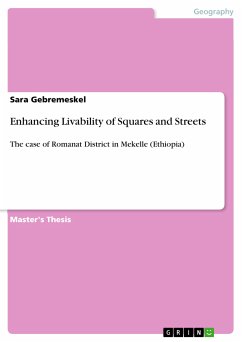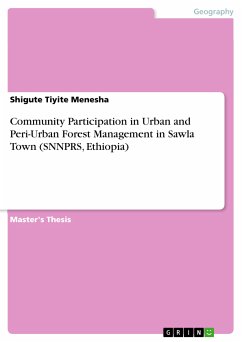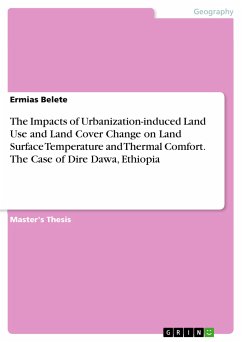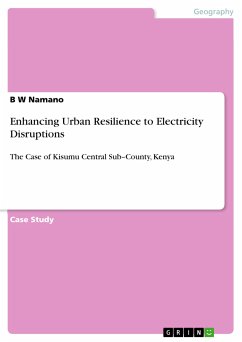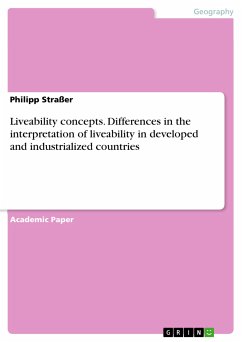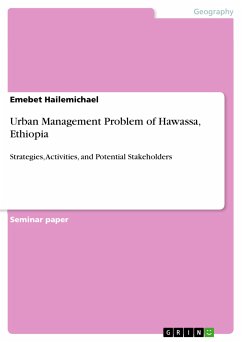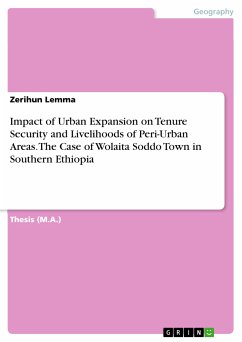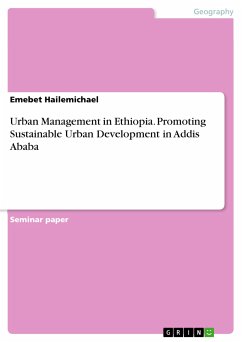Master's Thesis from the year 2014 in the subject Urban and Regional Planning, grade: Excellent (3.75), , course: Environmental planning and Landscape design, language: English, abstract: This study aims to understand the livability problems of Romanat district and to be familiar with the design which is proposed to reduce the livability problems. This study has adopted a case study based exploratory and quasi-experimental research approach, to draw a comprehensive result. The analysis, discussion, and interpretation of the study results are made according to the theory which focuses mainly on the livability variables, on the public space user groups and activity groups. The study findings indicate that the existing livability problem of the district is because of the lack of spatial attributes such as safety, amenities, aesthetics, identity, diversity in space uses and users, variety in the accommodating activities, accessibility, linkage, inclusive environment and talk-scape environment. The findings also indicate that comfort, image, use, and activities of the district are the most preferred spatial attributes which have to be incorporated in the design of future livable district. In line with those findings, this study has proposed four major conceptual design objectives: to produce a comfortable district with its own unique image; to produce a district with multiple uses and diversity of activities; to produce an accessible district with good linkage; and to produce a district that can reinforce social interactions. Besides, the study has proposed possible implementation and management options, which can be responsive to the produced design.
Dieser Download kann aus rechtlichen Gründen nur mit Rechnungsadresse in A, B, BG, CY, CZ, D, DK, EW, E, FIN, F, GR, HR, H, IRL, I, LT, L, LR, M, NL, PL, P, R, S, SLO, SK ausgeliefert werden.

